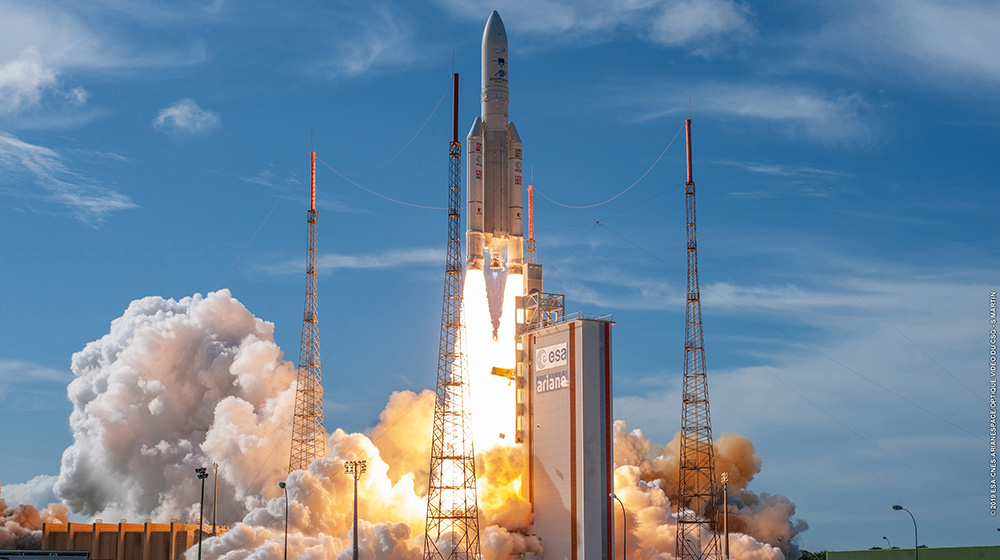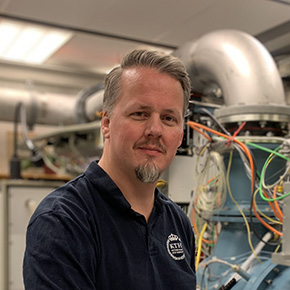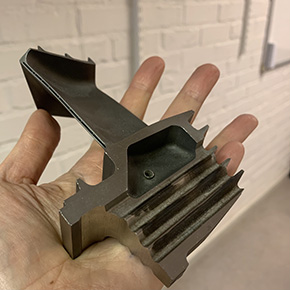3D printed parts in space no "rocket science"

The competitive space industry is now into recycling and cost hunting. By reusing rocket engines and 3D print engine parts cost can be lowered, but how will the 3D parts affect the engines? Researcher Jens Fridh from the Department of Energy Technology finds out.
If you lie on your back and look up at a starry sky, you will soon notice that it is a multitude of small lights crossing the sky. They are small satellites located in an orbit at an altitude of approximately 20,000 kilometers. They are needed so we can talk on our mobile phones and for our GPS technology to work, for example. Research satellites and satellites that monitor the climate also orbit the Earth. In the near future, perhaps one of the moving lights will be pleasure ride in a space shuttle.

“It's crowded up there. Rocket launches have increased dramatically in recent years, most of it involves launching satellites. Today, commercial players run an industry that was previously largly based on governmental funding, and these players are keen on being cost-effective,” says Jens Fridh , researcher at the Department of Energy Technology, who is also active in KTH Space Center.
One way to save costs is to recycle the rocket engines that are detached after launch and burn up in the atmosphere.
“Recycling has finally reached the space industry. Why produce expensive things that burn up? In addition, it is in line with society's general sustainability thinking.”
Jens Fridh works with GKN Aerospace, which is part of a European research program, Themis, aiming to develop reusable rocket engines. In a liquid-fueled rocket engine, the fuel and oxygen pumps are driven by one or more turbines. These contain parts that are both complicated and costly to manufacture. By using 3D-printed engine parts you can further reduce costs, explains Jens Fridh.
“A single turbine blade, for example, can cost as much as a sports car. If you have complicated geometry, additive manufacturing pays off. 3D-printed turbine parts become significantly cheaper and the parts can be manufactured quickly.”

The challenge with 3D printed parts is that they get a slightly rugged surface in the manufacturing process. When the parts need to be post-processed, you lose the cost advantages of additive manufacturing. The question is how much the part’s roughness changes the function of the turbine, and thus the performance of the rocket engine. That is exactly what Jens and his team will investigate.
“We will map how the surface roughness affects friction and heat transfer. Here at KTH, we have a wind tunnel and a test turbine awaiting the first tests. We will collaborate with a surface measurement expert from the Department of Production Engineering to get a good characterization of the surface.”
A reusable rocket engine has different requirements than the previous engines. Among other things, it must withstand multiple restarts; you need to be able to keep track of where it is and it should be easy to service and replace parts on.
The question is, how do you get a disconnected rocket engine back to Earth?
“In this case, you keep some fuel in the rockets and land them, quite simply.”
Text: Anna Gullers
